|
During the COVID-19 pandemic, running observably has become an extremely popular exercise activity locally obviously, for its health benefits and simplicity as no equipment is required. I am avid runner myself recreationally often clocking up 50kms per week. Over the past 10 years as a physiotherapist, I have coached hundreds of my patients who have never ran before to shed a few pounds or improve their overall fitness. Many of my patients have misconceptions about running in particular, that running is bad for your knees and that you are at major risk of arthritis. This common concern has been debunked by science by multiple studies. Based on large population studies, the chances of developing arthritis from regular running are very slim. In fact, regular running has shown to strengthen joints and plays a protective role in the development of osteoarthritis later in life. Commonly reported knee pain by runners at Acland Street Physiotherapy that is generally treatable with a moderate amount of physiotherapy and strength training are Iliotibial Band Syndrome or Patellofemoral Pain Syndrome.
The following is a concise infographic on how what good running form generally looks like. If you would prefer to further explore this, please do not hesitate to make a booking with us for a comprehensive physiotherapy and biomechanical running assessment.
13 Comments
1. Well documented holistic health benefits
Running can significantly improve your mental and physical health. Benefits include:
It takes less than 2 months to prepare yourself to run for 5km. The Mayo Clinic provides a 7 week training schedule for beginners which involves a mixture of running, walking and resting. This strategy proposed helps you reduce your risk of injury, stress and fatigue while keeping the activity enjoyable. 3. Time efficient and versatile You can run 5km anywhere safely without relatively minimal disruption to your busy life. Allocating 30-45 minutes of your day to go for a 5km run is not too much to ask for even for the busiest individuals in the world. Running is a great way of maintaining fitness levels as it can easily be incorporated into the lifestyles of those who regularly travel to unfamiliar locations perhaps where there are potentially no gym facilities, exercise classes or basic equipment. It also allows you extra time to do different forms of cross-training and exercise activities without getting bored and maintaining your general health. On a rainy day, you can also perform your run indoors on a treadmill or at the gym with a 1% incline to simulate the benefits of outdoor running. 4. Cost effective and simple There is minimal equipment that you will need to invest in. You simply need some comfortable and supportive running shoes such as a pair of ASICs and some loose shirts and shorts. Overuse injuries are more likely to occur with longer distances such as training for a marathon. Overuse injuries can increase your healthcare costs with your doctors and physiotherapists. Running injuries include:
Meeting national exercise guidelines: Running 3 times per week for about 30-60 minutes at moderate to high intensity satisfies evidence based national physical activity guidelines. Once you improve and start running faster at high intensities, you can satisfy the guidelines by running 25 minutes 3 times per week, saving you time. 5. Compete instead of painfully finishing Competing against yourself and others can give very satisfying and a rewarding experience. The challenging of trying to finish say a marathon can place significant stress on your body and potentially have a negative impact on your health. Free timed community Parkruns are available all around the world to benchmark against yourself or others. In addition, you can quite easily compare how fast you run compared to others in your age group and gender using the popular age graded calculator: In running, age-graded scoring is based on how fast you run (by correcting it to what your speed would have been at your prime age) and a percentage value of the world record for your gender. Performance standards listed on the USATF site give approximate comparative levels: 90 percent = world class; 80 percent = national class; 70 percent = regional class; and 60 percent = local class. http://www.runnersworldonline.com.au/age-grading-calculator/ 6. 5km runs do not cause nipple bleeding Nipple bleeding can be extremely painful and unmotivating. It is a result of your skin directly rubbing on your clothes, poor ventilation and sweating. 7. Help yourself and help others Many charities and non-for-profit organisations hold fundraising events associated with 5km runs as the distance is suitable to get everyone involved. Therefore, 5km runs are a great way to contribute to be social, contribute to those in need and help yourself in the process. The following are some fun photos of me competing in a half marathon event and local Parkrun in Melbourne: There is emerging scientific research that training loads are directly correlated to injury risk.
Training load injuries are generally caused by:
Specifically, there are 2 types of training loads: External Loads and Internal Loads. External loads measure the amount of external workload eg. (running on the treadmill, weight lifting) to the individual while internal load measures the individual’s post exercise heart rate or rate of perceived exertion (RPE) as a response to the external workload. Rate of Perceived Exertion Guides for Aerobic and Resistance Training It is important to understand that to optimise performance, there needs to be a fine balance between training hard and overloading resulting in injuries and comprising performance. This sounds like common sense however to accurately monitor training loads is a challenging task given that it is associated with frequency, duration and intensity. Duration and frequency are relatively easy to measure however intensity could be measured by for example, how fast you are running, your heart rate, how much weight you are lifting with the barbell or the complexity or speed of the movements you are performing. Tracking your training loads is not just about managing the specific exercise you are doing but can help you determine when it may be appropriate for you to do some cross-training or vary your load. Acute on Chronic Workload Ratio (ACWR) For those who are a serious about injury prevention,a great way to find your training ‘sweet spot’ while minimising the risk of injury if you are serious about optimising performance is using the Acute on Chronic Workload Ratio calculator. Scientific research indicates a 0.8-1.3 ratio range is ideal. Injury risk increases at a 1.5 ratio or higher. To calculate your ratio, multiply your rate of perceived exertion (RPE) after each exercise with the duration, intensity or frequency of the exercise session (external load). The Acute Workload is over a 7 day period. The Chronic Workload is over a 28 day period. The ratio is the result of dividing the Acute Workload by the Chronic Workload. Tips:
|
Author
Archives
May 2024
|
Copyright Acland Street Physiotherapy © 2024
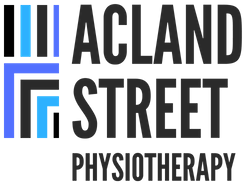
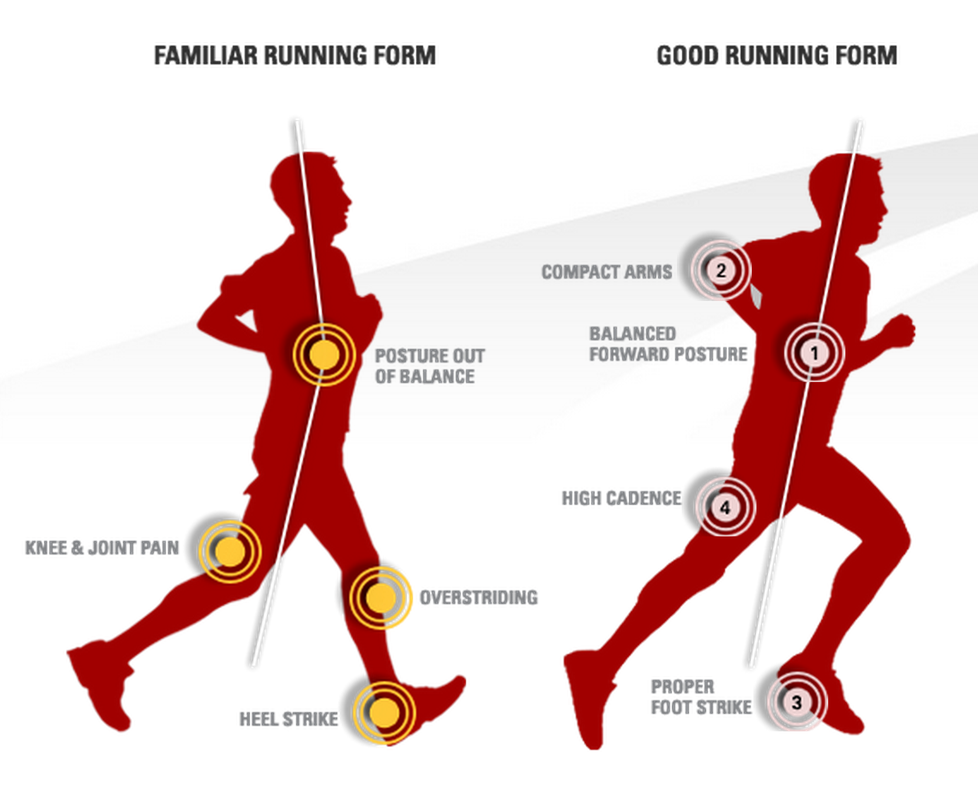
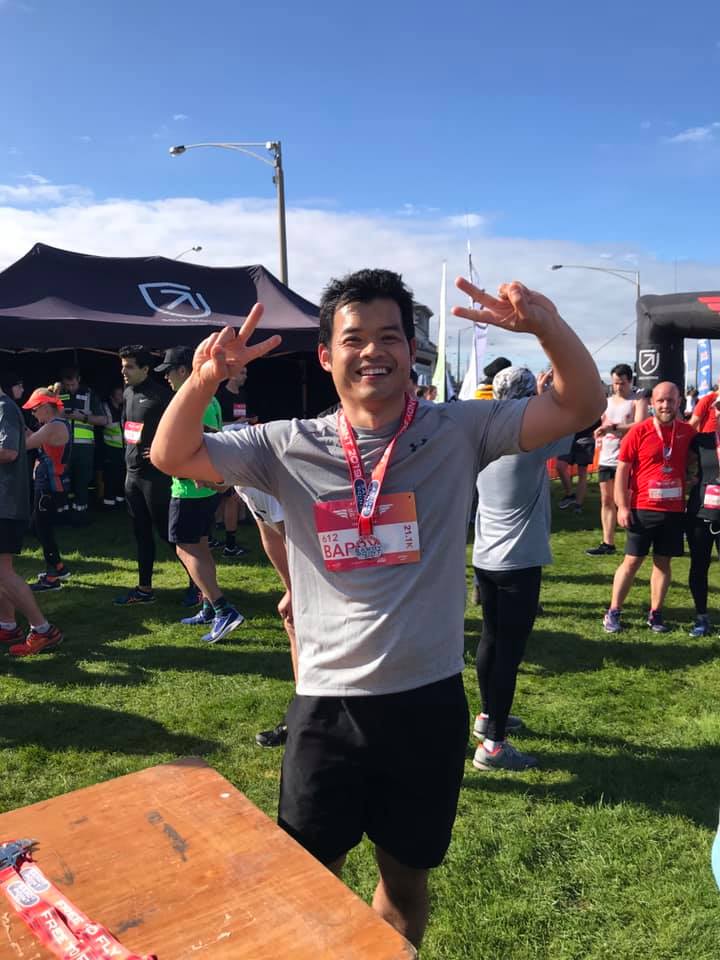
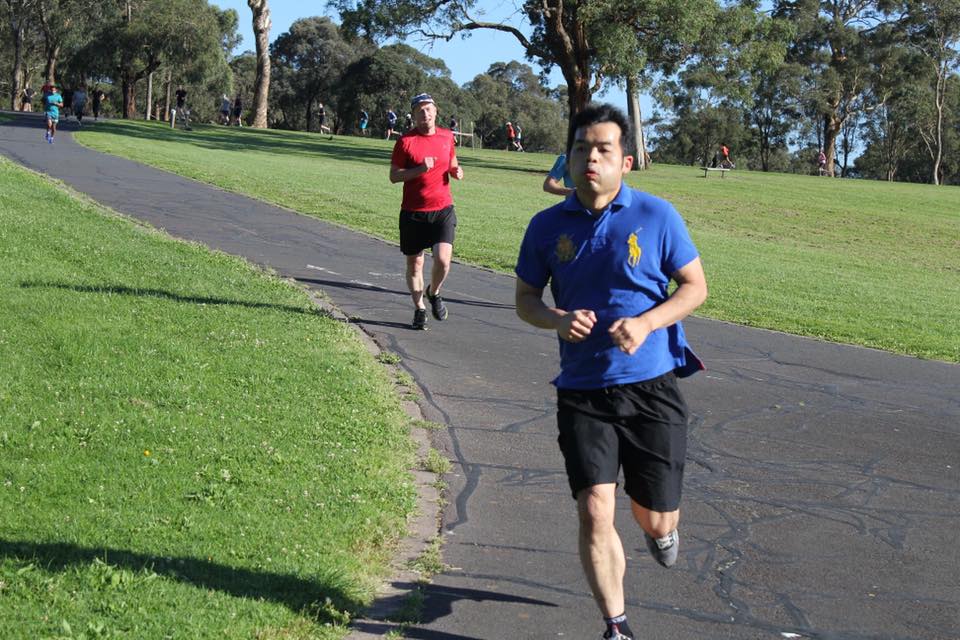
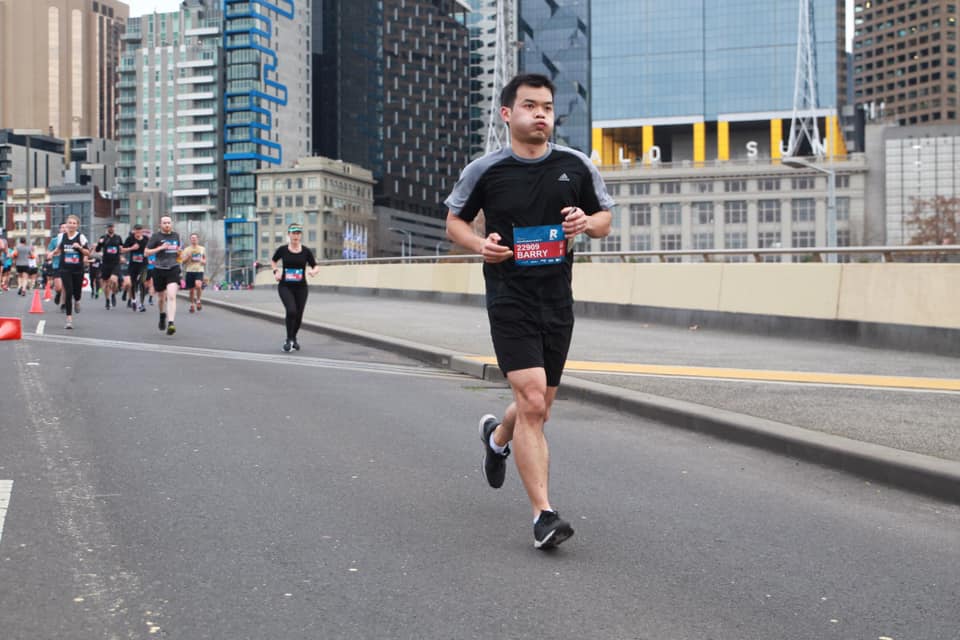
 RSS Feed
RSS Feed